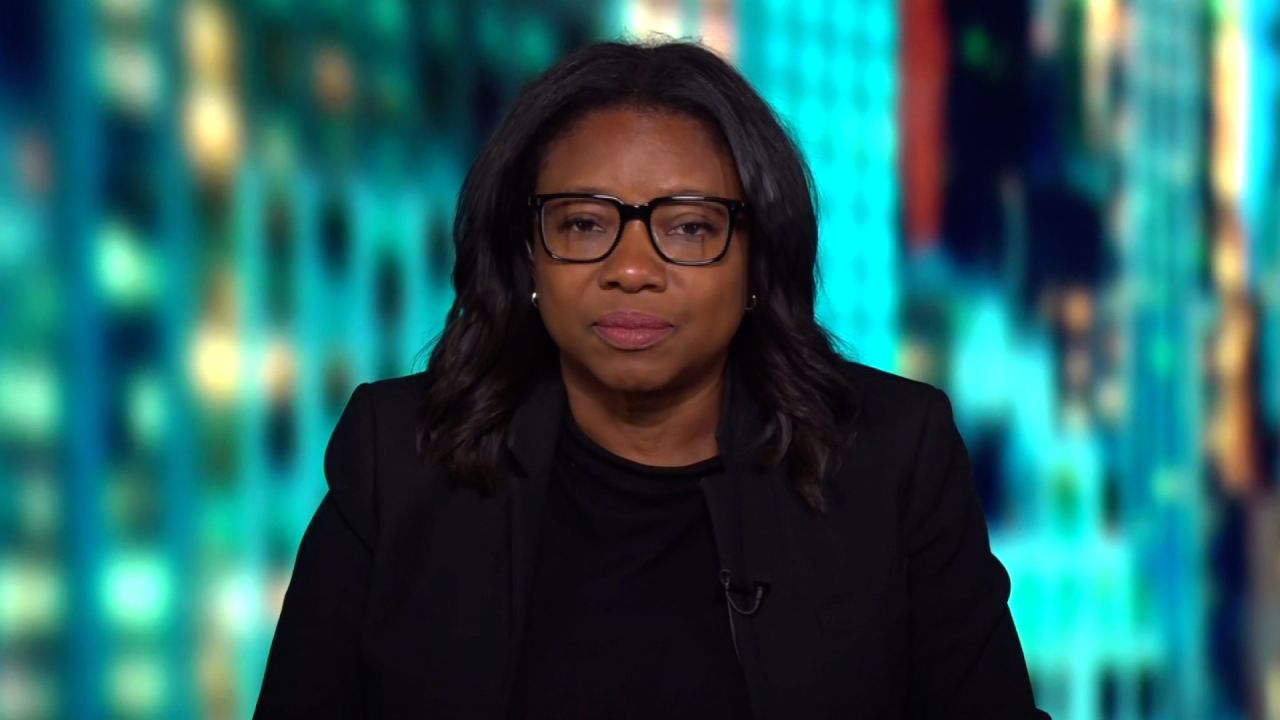Donald Trump?on Wednesday took the stage before a divided?National Association of Black Journalists?conference. And, within moments of the event getting underway, it was clear where the event was headed.
Trump unleashed a barrage of vicious attacks on?Kamala Harris, absurdly questioning her Black identity (she is indeed Black). He once again expressed sympathy for the January 6 insurrectionists, implying their innocence (despite numerous convictions). He boasted that he had been “the best president for the Black population” since?Abraham Lincoln?(seriously?). And he repeatedly targeted one of the moderators,ABC News’ Rachel Scott, calling her “nasty” for her no-holds-barred line of questioning (a refrain he reserves for women).
sign up for reliable sources
- A daily digest chronicling the evolving media landscape with uncompromising reporting and analysis.?Sign up here for the Reliable Sources newsletter.
But while some of Trump’s comments were new, their deeper significance is questionable. Trump making a racist remark is hardly surprising; his history is littered with such instances, including fanning the flames of the birther movement and hosting a known white nationalist and?Holocaust?denier at?Mar-a-Lago?in 2022. His desire to pardon the January 6 insurrectionists is well known, as is his tendency to compare himself to Lincoln. And his hostility toward Black journalists asking tough questions is also nothing new.
So, what exactly did the American public gain from watching Trump spew a relentless stream of lies and insults onstage as the NABJ audience jeered and gasped at the reprehensible behavior of the former president? Was there anything it did not already know?
To be clear, there is value in exposing Trump’s offensive behavior to the public. But there are also more effective ways to do so that allow interviewers to maintain control of the platform, which is largely why Trump’s invitation to appear on a panel at the event?sparked division inside the NABJ?the moment it was announced.
That was not the case on Wednesday at the NABJ conference. Despite the sharp questions from Scott and?Semafor’s Kadia Goba, Trump was able to overwhelm them with his trademark bluster, plus a helpful assist from sympathetic?Fox News?host?Harris Faulkner. Had Trump instead been confined to a one-on-one interview with Scott, he would have had far more difficulty dodging her tough — but fair — questions.

Trump thrives on insults, lies, shocking rhetoric, and conflict. This is how he has previously dominated news cycles. However, after the 2016 election, many in the press realized that treating his shock-jock antics as news was not the best approach. If it were, then every television outlet would be broadcasting his rallies live and letting him phone into news programs at will.
But news executives have largely concluded — and rightly so — that handing a known liar a megaphone is not the best way to cover him. Yet, that is effectively what the NABJ chose to do on Wednesday. And while the headlines it elicited will command attention for the next several days, it’s worth thinking hard about whether anything new of?real value?was extracted from the off-the-rails event.
Harris summarized it succinctly at a campaign event a few hours after Trump’s appearance when she said, “It was the same old show.” The question before news organizations is whether they should be airing it.





